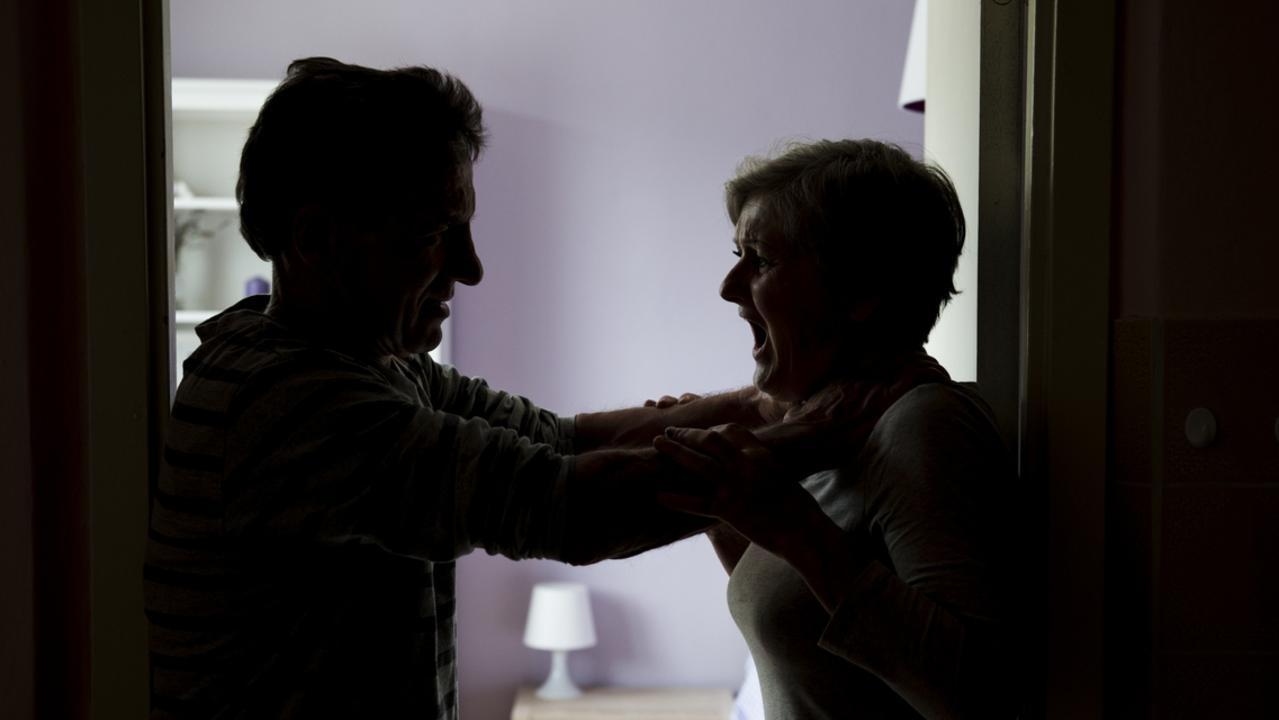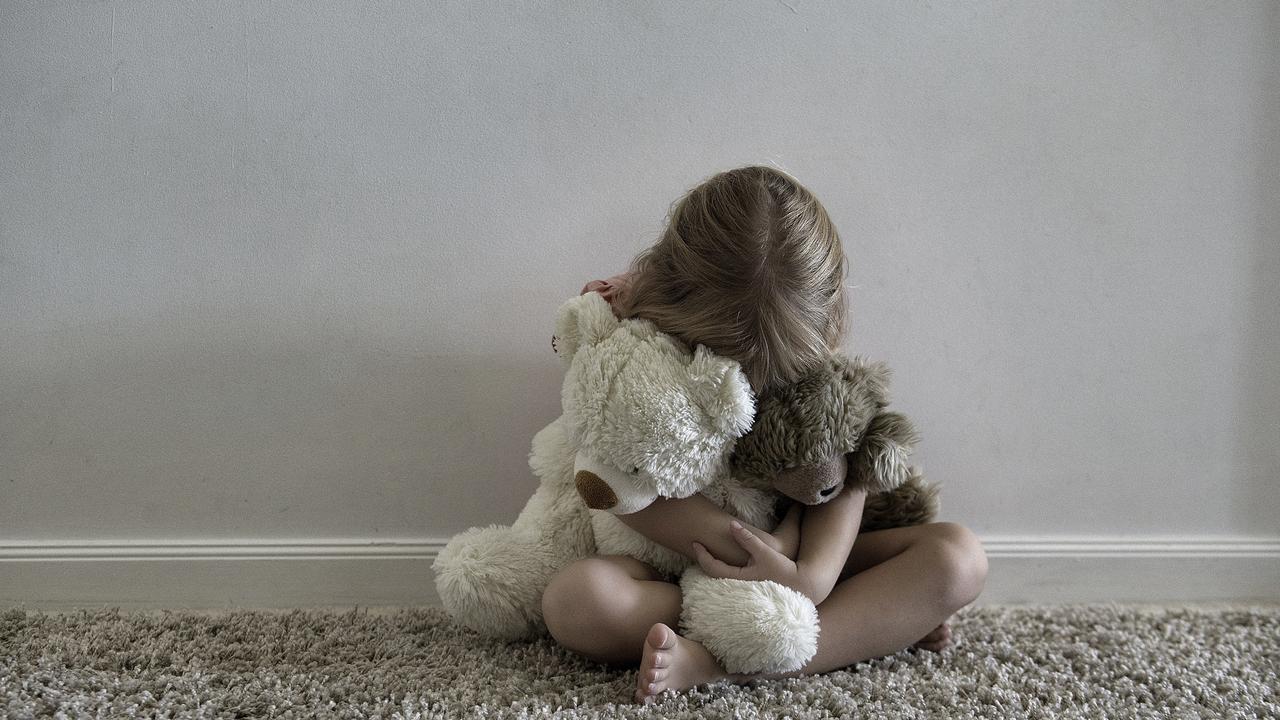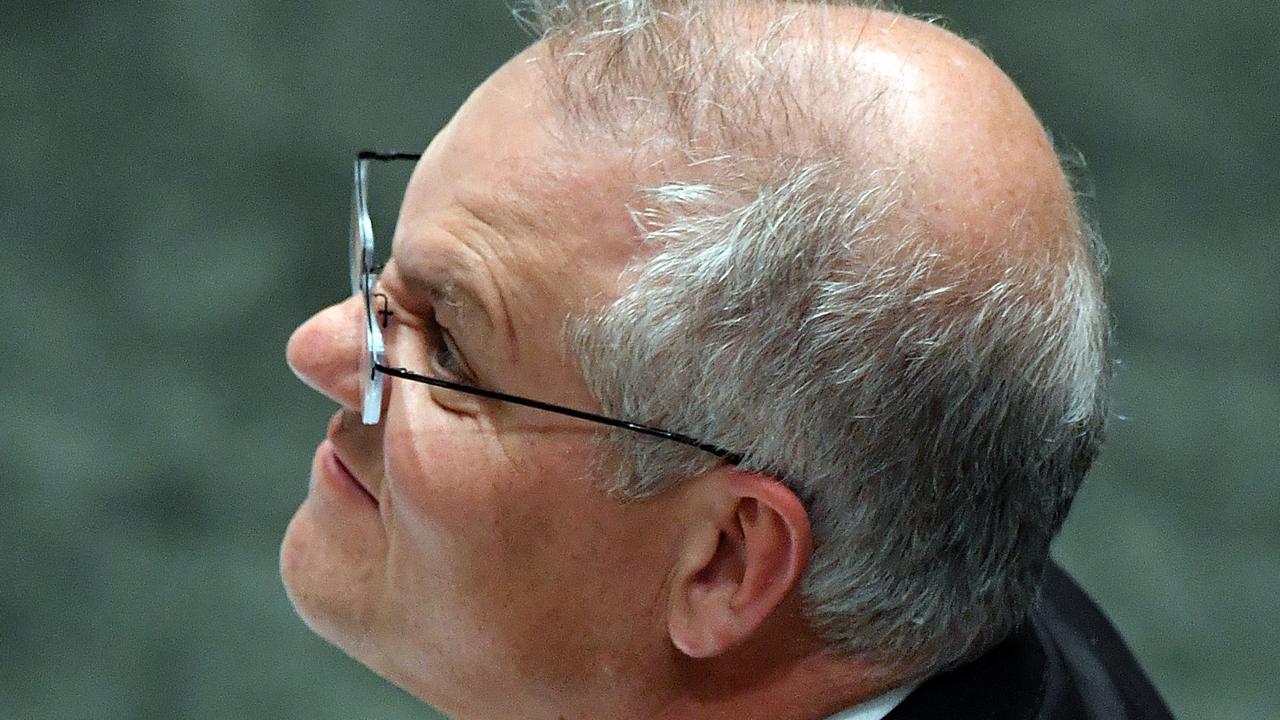Making children ‘invisible’ in $1.1 billion domestic violence pledge is an error
A huge $1.1 billion was pledged to tackle this issue but a “missed opportunity” could threaten the future of Australians.
OPINION
Australians expected a significant increase in funding to tackle domestic and family violence in the 2021 federal budget, especially in relation to its impact on women and children. Tuesday’s headline promoted a $1.1 billion dollar investment in women’s safety.
But how has this investment of $1.1 billion been allocated?
A significant portion of the $1.1 billion will be invested into strategies that increase mothers’ participation in the workforce. Unemployment and financial dependence on an abusive partner are key risk factors that contribute to women’s entrapment in an abusive relationship.
This budget allocation will undoubtedly benefit mothers experiencing domestic and family violence, but it is also a more-broad allocation and should not be counted in totality as a domestic and family violence prevention specific investment.
RELATED: $1.1 billion solution for our disgraceful problem

Over $370 million of the ‘women’s safety budget’ is allocated to generic and Family Law specific legal services, Family Law Court reforms and Children’s Contact Services that facilitate parents’ safe contact with and/or changeover of children.
All of these services support or respond to parents who have been affected by domestic and family violence and the failings in current practices are well documented.
But it is also noteworthy that these services are equally designed for families with other complex needs and/or child-related safety concerns. As a result, only part of the $370 million constitutes an investment in addressing domestic and family violence and maximising women’s safety.
The ‘women’s safety budget’ does allocate $438.8 million to domestic and family violence specific responses.
These include increased funding for domestic and family violence specialist services, funding to support services responding to Aboriginal and Torres Strait Islander women affected by domestic and family violence, investment in increasing current crisis accommodation capacity for women and children and financial support packages accessible to survivors of domestic and family violence.
This is a significant increase from the $150 million package for domestic and family violence support announced in 2020 as part of the federal COVID response.
But is this enough?
It is well documented that women and children’s experiences of family violence have been heightened in severity and frequency since the outset of the pandemic, particularly during periods of government enforced lockdown.
Amplifying this, acts of violence against women that have attracted national attention since the beginning of 2021 have again demonstrated the gravity and extent of violence against women across Australia.
However, in comparison to the $438.8 million allocated to reactive interventions supporting the safety of women affected by domestic and family violence, only $35 million have been allocated to primary prevention.
The allocation of funds to address the behaviour of men using violence in their intimate relationships is even smaller and is primarily allocated to referral services and deterrence rather than rehabilitative and long-term prevention strategies.
This approach reflects a lack of present commitment to therapeutic interventions, interventions addressing comorbid underlying risk factors and culturally sensitive healing programs specific to the experiences of First Nations men, families and their communities.
RELATED: Secret wife killer never revealed

The budget allocates no dedicated funding to child-centred responses that prioritise children’s long-term recovery, safety and wellbeing. Children experiencing domestic and family violence, and their individual support needs remain invisible in the current budget.
While children may partly benefit from some of the budget allocations to early education and awareness raising campaigns along with services provided to mothers affected by domestic and family violence, the 2021 budget suggests that children are still not treated or recognised as victims in their own rights.
The lack of commitment to invest in child-centred responses to domestic and family violence represents a missed opportunity to mitigate the intergenerational transmission of domestic and family violence.
It constitutes a failure to commit to improving long-term social and emotional outcomes for Australian children and young people.
But is this an unfair assessment?
While the comparison may be crude, we looked at what other investments are made in the budget. As Gender Equity Victoria have highlighted, the same budget that commits $57.6 million to family violence services for First Nations Women, also commits $464 million to bolstering immigration detention and $474 million to upgrading military training facilities in the Northern Territory.

At a time when the government has been heavily criticised for its treatment of women and responses to allegations of violence against women, this budget represented an opportunity to demonstrate its commitment.
The women’s safety package, while a step forward on previous budgets, does not do this.
It represents a missed opportunity for the Morrison government to signal a commitment to funding a comprehensive whole of system response to and prevention of domestic, family and sexual violence.
We find ourselves again asking what more it would take for the Australian government to prioritise women’s safety and to commit the funding needed to meaningfully reduce all forms of violence against women.
Associate Professors Silke Meyer and Kate Fitz-Gibbon are members of the Monash Gender and Family Violence Prevention Centre at Monash University.



